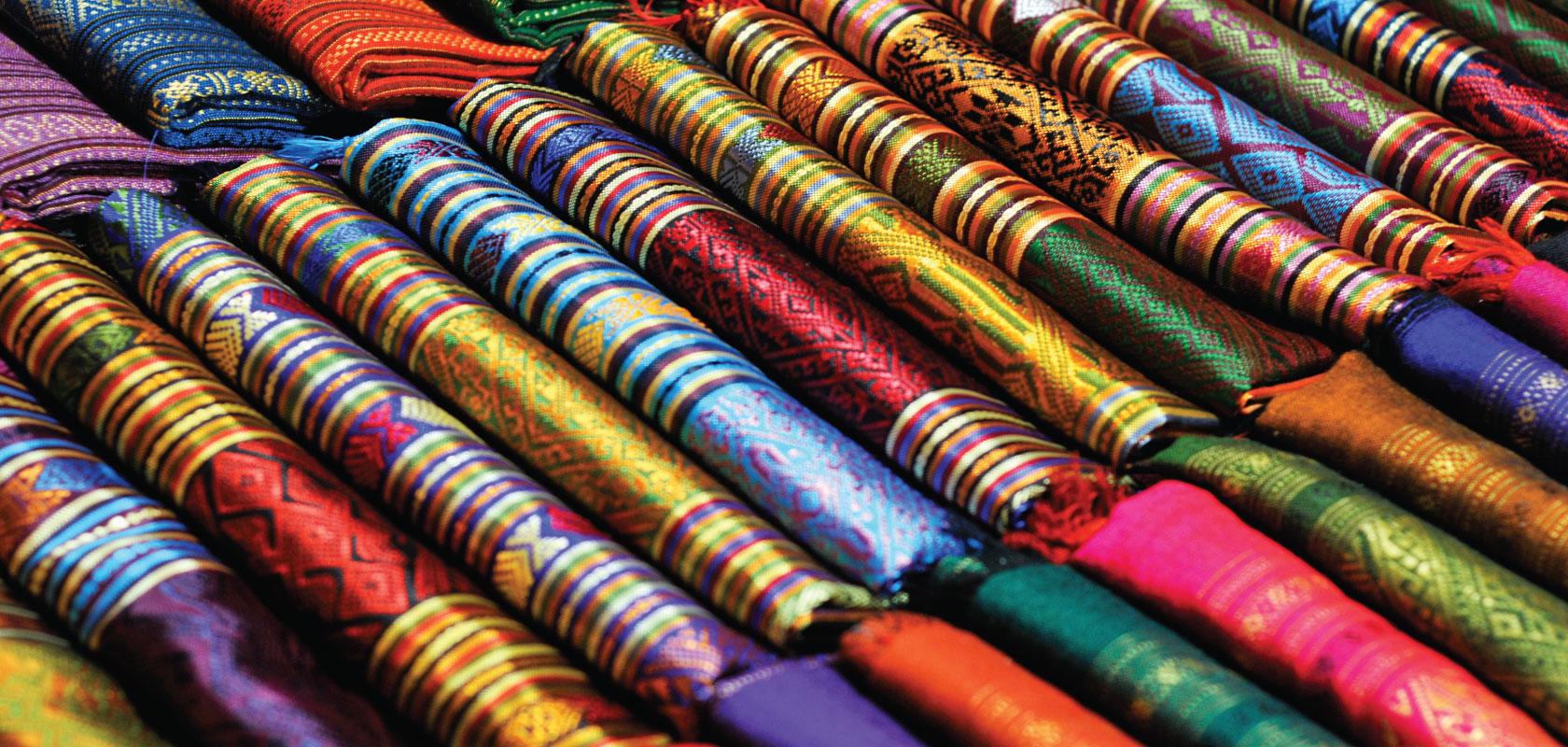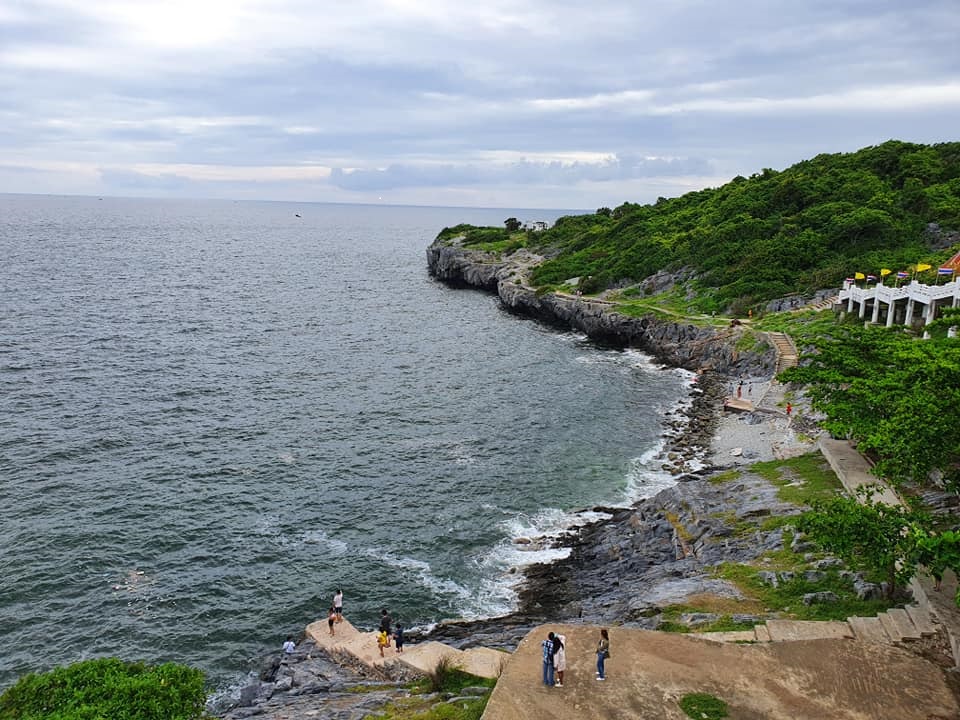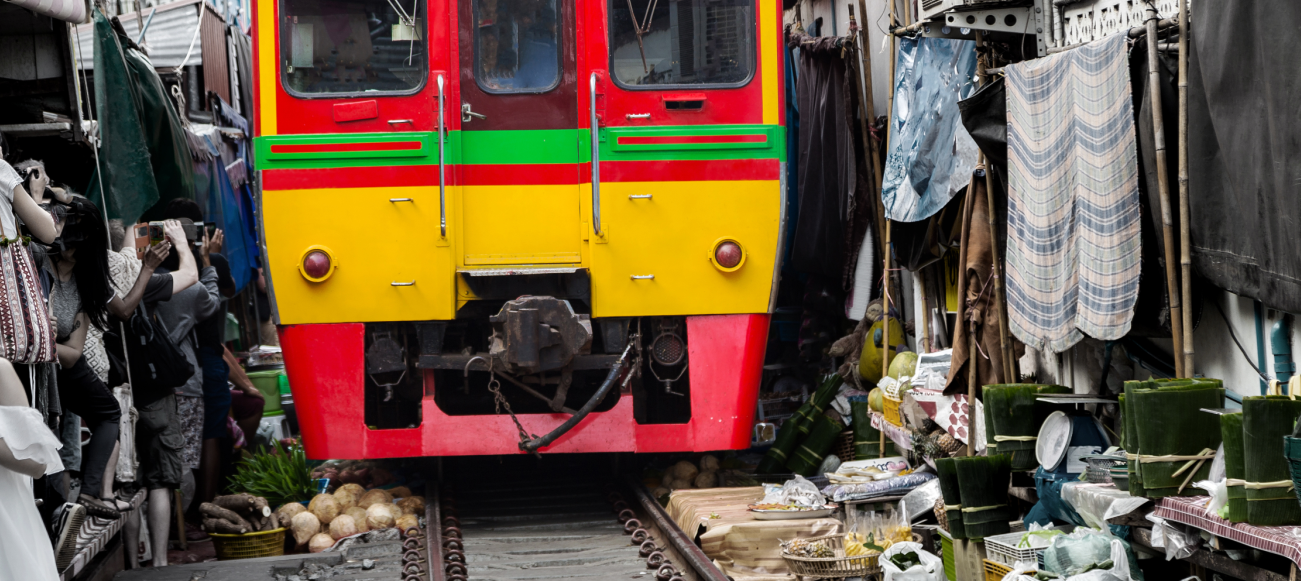Though Thai silk is now known around the world, its history has been a complicated one. The silk that we know today was actually popularised in the 1950s and 60s by an enigmatic American architect, Jim Thompson, who recognised that Thai silk could have great appeal in international markets. As the demand for Thai silk took over, the industry within Thailand started booming once again.
In 2003, the Queen Sirikit Museum of Textiles opened in Bangkok to further help support the preservation of silk making, from farming silkworms and dyeing silk thread to weaving fabric and sewing garments. The museum, which can be accessed with a Grand Palace admission ticket, also supports public awareness of Thai identity and culture, and the beauty of Thai traditional textiles.
Types of Thai Silk
Thai silk has many unique characteristics, including a tightly-woven fabric, fine grain and lustrous colours that do not fade after washing. There are also many different traditional styles or designs that mark true Thai silk, including:
- Mudmee – Known for its complex geometric patterns and often using two colours, mudmee is made using a weaving method called Silk threads are dyed prior to weaving so that the vertical warp provides the fabric’s colour while the horizontal weft provides the pattern.
- Plain Weave – Plain weave silk uses uniform threads to produce an even, consistent and smooth finish. Often two colours are woven together to create a two-toned shine.
- Dupion – For dupion, threads of varying thickness with knots or lumps are used for a more organic, textured finish.
- Brocade – Brocade patterns are crafted using extra silk thread during the weaving process to produce an embossed or embroidered texture. This is the most complicated type of Thai silk to produce.
Who wears Thai silk
Silk can be worn in many ways, such as tailored into a blouse or skirt, or as a scarf or sarong. Although in modern days it is not common to see many Thais purchasing silk fabric to then be tailored, it’s still popular for some generations.
Sarongs are one of the most popular ways to buy and wear silk, so you’ll often see beautiful woven sarongs hanging in shops or at the market for sale. Some of the silk sarong prices can go from THB 5,000 up to THB 50,000 (or more!) depending on the size, quality, weaving technique and pattern. (If you are looking to buy silk and the price is cheaper, you can assume that it may be synthetic!)
Thai silk can be worn by anyone for any occasion but, because of its costs, is often saved for special occasions such as engagements, wedding ceremonies or other important events.
Where to buy Thai silk
You can find Thai silk throughout Thailand but be wary of the quality. If silk is priced at a number that seems too good to be true, that is probably because it is. In Bangkok, some trustworthy stores include the Jim Thompson House Museum, the Jim Thompson Factory Outlet and Queen Thai Silk. You can also purchase Thai silk in the shopping malls throughout Bangkok. Chatuchak Weekend Market is home to cheap Thai silk, if you don’t care whether the material is synthetic or not.
If you travel through the north and northeast of Thailand, you will also find many family-owned operations still farming silk worms and weaving their own silk so you can be sure to get authentic silk fabric to take home!
How to wear Thai silk
Have a piece of silk and wondering how to wear it? The below video will show you three simple ways to wear a silk sarong simply and beautifully.
You can also order Thai silk online and we recommend checking out the shop in the above video that was kind enough to share how to wear sarong properly! See more here.


